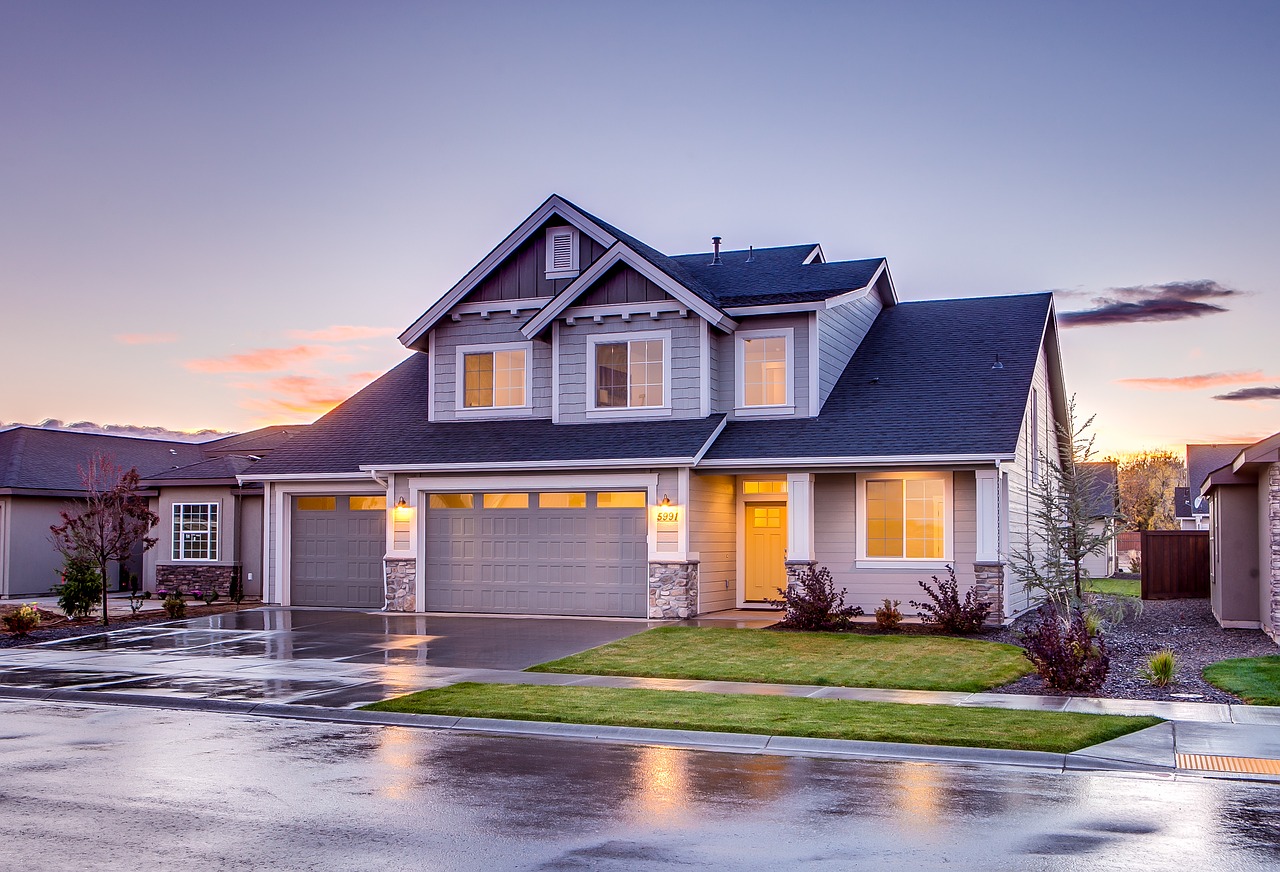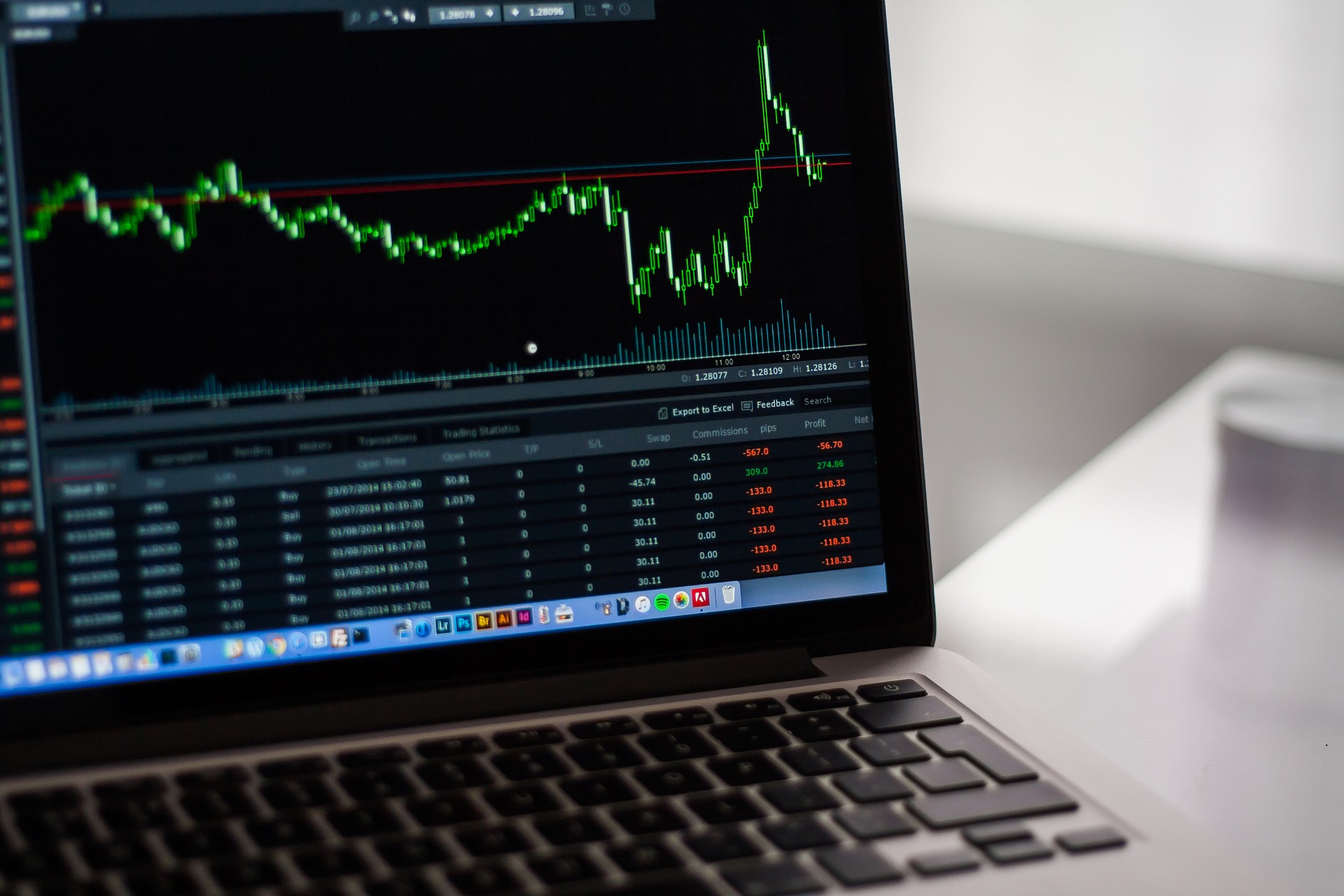Six years back I bought my single family home in the burbs. Brick façade, manicured lawns, three car garage, white picket fence (on my neighboring property though), this was the embodiment of American dream. I barely managed to scrape through the 20% downpayment and other closing costs. Rest to be paid in easy monthy installments for the next 30 years. I was to save a ton of money which would otherwise be thrown away in renting and also build equity in my home.
Most people like my past self, tend to think of their house as in investment, however this premise is not based on actual financial data. Based on multiple factors, the single family home that you live in is not an investment. Think twice if the reason for your home buying is for investment.
The notion that your primary residence is an investment comes from the fact that over a period of time the value of the real estate goes up. We all know a parent or a grandparent who bought their home decades back for a modest amount , and now the home is worth many times the initial investment. Over the last 100 years, the average US real estate value has gained less than 1 percent, when adjusted for inflation.

According to research by Yale economist Robert Shiller, one of the leading experts on housing in the US, the real inflation adjusted home prices showed no change from 1890 until 1990. This was a surprise to many people, as most people expect to sell their home for a gain in the future. For the first few decades of the 20th century, housing prices actually decreased. The good news is that historically the housing prices have kept pace with inflation.
Assuming a home’s value increased only at the rate of inflation, a property purchased in 1970 for $100,000 would be worth $625,873 today, a 526 percent increase. The real reason your grandfather’s house appreciated so much over 40 years? It’s simply inflation.It’s not to say real estate values cannot appreciate dramatically. They can, and do. But such appreciation is more likely in specific, desirable real estate markets and when properties are bought below their market value.
You can’t sell your primary home
The single biggest reason why a primary residence is not an investment is because the main purpose here is to provide shelter. One of the basic characteristics of an investment is your ability to control the timing of your ownership. In other words you should be able to buy and sell as per your time horizon. Think of traditional investments like stocks, bonds, CD’s or even rental homes.
Since your house is your personal residence, you will have little control over the purchase and sale from an investment perspective. You’ll purchase the house when it is needed for shelter purposes, and sell it only when it no longer serves that purpose, and it’s time to move on.
The lack of control over the timing of buying and selling a house had a major negative effect on houses as investments during the financial meltdown. Many people bought houses at the top of the market because that was the time that they needed a home for their families. That forced them to buy high, and sell low. That’s not unusual when it comes to residences, and largely disqualifies a house as an investment.While it is true that houses generally increase in value, there’s only limited ability to tap into that increase. The most effective and efficient way is to sell the house after it has experienced a significant amount of price appreciation. However, selling a house is highly disruptive because it means you have to move and you will also lose a portion of the equity for sales commissions and other closing costs. More significantly, when you do sell, you will most likely have to use the equity from the sale to purchase the next house. This means that in a real way, home equity is locked equity.
The only time that house does not fall into this category is when you plan to sell the house, either to trade down to a less expensive house, or to move to a rental property. In that way, you will sell the property and cash-out on the equity.
Home investment needs carrying costs
Typically when you purchase an investment, it doesn’t require an ongoing investment of cash. But a house certainly does. Not only do you have to make monthly mortgage payments, but you also have to pay real estate taxes, homeowners insurance, sometimes private mortgage insurance, and utilities. You also have to maintain the property, which means providing a regular series of repairs and maintenance as necessary. These expenses are called carrying costs—the costs of carrying the investment.
Even more costly are the major repairs associated with homeownership. This can include replacing the roof, siding, windows and doors, carpets and flooring, and driveways. You may also engage in major remodeling, that will require replacement of kitchens and bathrooms.
Each of those expenses individually can cost thousands of dollars. Over the course of several years or decades, they can cost tens of thousands dollars. True investments don’t require that kind of ongoing outlay of cash. You can rationalize those expenses based on the fact that the house is providing you shelter. But that gets back to the original premise—a house is shelter, and not really an investment.
Carrying costs can really work against you
Say, for example, you purchase a house for $100,000, and 10 years later you sell it for $200,000. Good investment? Only if you don’t look too closely at the numbers.
If the house cost you $1,000 per month for principal, interest, taxes, and insurance, plus $300 per month for utilities, you will have spent $15,600 per year, or $156,000 for the decade that you lived in the house.
If you spent another $3,000 per year on routine repairs and maintenance, you will spend another $30,000. And if you did some of the more major repairs, like replacing the roof and flooring, and remodeling the kitchen and bathrooms, you probably easily sunk another $50,000 in during the decade.
That’s a total of $236,000 over a 10 year period, to get a $100,000 gain on the sale.
While it is certainly nice to walk away from the house with $100,000 more than you paid for it, the math doesn’t support the idea of the house as a winning investment. And we haven’t even accounted for transaction expenses (like the 6 percent realtor commission), inflation, or for the fact that the value of the house may not rise that dramatically over the next 10 years.It would be bad enough if owning a house “only” required heavy carrying costs, but it gets even worse. A house you use as a primary residence generates no cash flow.
This is a critical consideration. When you buy an investment, you usually expect to have some sort of cash flow on that asset, while you are waiting for it to increase in value. That’s certainly true when it comes to stocks, mutual funds, and exchange-traded funds. You expect to collect dividends while you are waiting to sell your investment position at a future date for a higher price.
From a pure investment standpoint, the stock market is much more likely to give you higher returns over time, than housing is likely to provide. Without going through complicated stock picking algorithms and paying exorbitant fees to investment advisors, you have the option to invest the money is a low cost diversified mutual fund – like the S&P 500.
While the primary home itself is not an investment, one must consider other benefits that home ownership provides such as a sense of pride, security.
For more stories on personal finance read How much so you need to retire?


